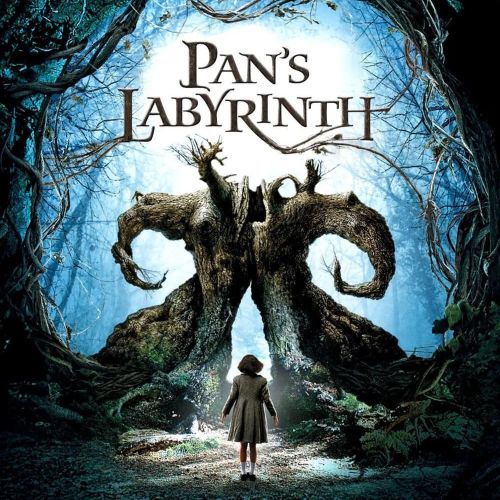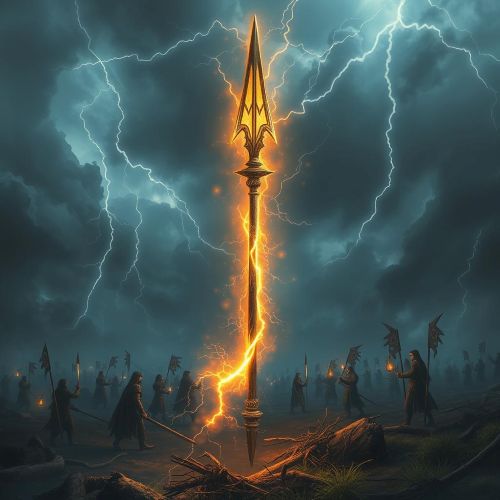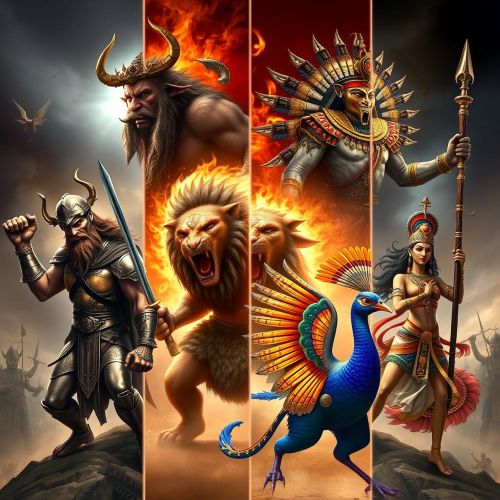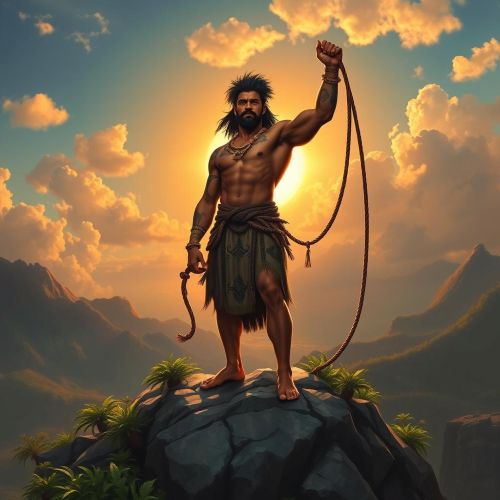Mythical Birds: Tales of Flight, Fate, and Fantasy
Birds have captivated the human imagination since time immemorial, their graceful flight and melodious songs often inspiring awe and wonder. Across cultures worldwide, birds have played significant roles in mythology, symbolizing everything from freedom and divinity to prophecy and rebirth. Among the myriad avian creatures in mythology, there exists a select group known as mythical birds—extraordinary beings that transcend the natural world, embodying fantastical traits and symbolisms. In this exploration, we delve into the realms of ancient lore to uncover some of the most popular mythical birds that have captured the human imagination through the ages.
Phoenix: Perhaps the most renowned mythical bird across cultures, the phoenix is a symbol of renewal and immortality. According to Greek mythology, the phoenix is a magnificent bird that cyclically regenerates through its own ashes, rising anew from the flames. This cyclical theme of death and rebirth has made the phoenix a potent symbol of resilience and eternal life in various cultures, including Egyptian, Chinese, and Arabian folklore.
Garuda: In Hindu and Buddhist mythology, Garuda is a legendary bird-like creature with the body of a man and the wings, beak, and talons of an eagle. As the mount of Lord Vishnu, Garuda represents strength, speed, and divine protection. Often depicted as the mortal enemy of serpents, Garuda’s exploits feature prominently in ancient Indian epics such as the Mahabharata and the Ramayana, where he displays his valor and loyalty.
Simurgh: Originating from Persian mythology, the Simurgh is a benevolent, mythical bird often depicted as a colossal, winged creature with the head of a dog and the claws of a lion. Known as the “king of birds,” the Simurgh is a wise and compassionate being, sometimes said to possess the knowledge of all the world’s mysteries. In Persian literature, the Simurgh is a guardian figure, guiding heroes on their quests and offering wisdom and guidance.
Thunderbird: A prominent figure in the mythology of various Native American tribes, the thunderbird is a powerful and majestic creature associated with thunder, lightning, and storms. Often depicted as a giant eagle with radiant feathers and eyes that flash like lightning, the thunderbird is believed to possess immense supernatural powers and is revered as a symbol of strength, protection, and spiritual authority.
Hraesvelgr: From Norse mythology comes Hraesvelgr, a colossal eagle who perches at the edge of the world, creating the winds with the beating of his wings. The name Hraesvelgr translates to “corpse swallower,” referencing the eagle’s ability to generate the winds that carry the souls of the deceased to the afterlife. Hraesvelgr’s role as a harbinger of wind and change underscores his significance in Norse cosmology as a primordial force of nature.
Anzu: In Mesopotamian mythology, Anzu is a mythical bird of prey often depicted as a massive eagle or lion-headed eagle. Anzu is known for stealing the Tablets of Destiny, powerful artifacts that determine the fate of gods and humans, from the god Enlil. In the epic of Gilgamesh, the hero battles with Anzu, ultimately reclaiming the Tablets and restoring order to the world. Anzu’s story serves as a cautionary tale about the consequences of greed and the importance of maintaining cosmic balance.
Sirin and Alkonost: In Slavic mythology, the Sirin and Alkonost are mythical birds with enchanting songs that bring joy or sorrow to those who hear them. Sirin, resembling a beautiful woman with the wings and tail of a bird, sings of happiness and prosperity, while Alkonost, with the body of a bird and the head of a woman, sings of sadness and mourning. These mystical creatures symbolize the duality of human experience, with joy and sorrow intertwined in the fabric of existence.
Fenghuang: Often referred to as the Chinese phoenix, the Fenghuang is a mythical bird in Chinese mythology that symbolizes harmony, peace, and prosperity. Unlike the Greek phoenix, which rises from its ashes, the Fenghuang is believed to be an immortal creature that appears only in times of peace and good fortune. As a symbol of the union between yin and yang, the Fenghuang represents the balance of opposites and the cyclical nature of existence.
In conclusion, mythical birds occupy a special place in the collective consciousness of humanity, serving as potent symbols of power, wisdom, and transcendence. Whether soaring through the heavens or perched atop the branches of the world tree, these legendary creatures continue to inspire awe and wonder, reminding us of the enduring connection between the human spirit and the natural world. As we gaze upon the skies, may we find solace in the timeless tales of mythical birds, whose stories transcend the boundaries of time and space.






